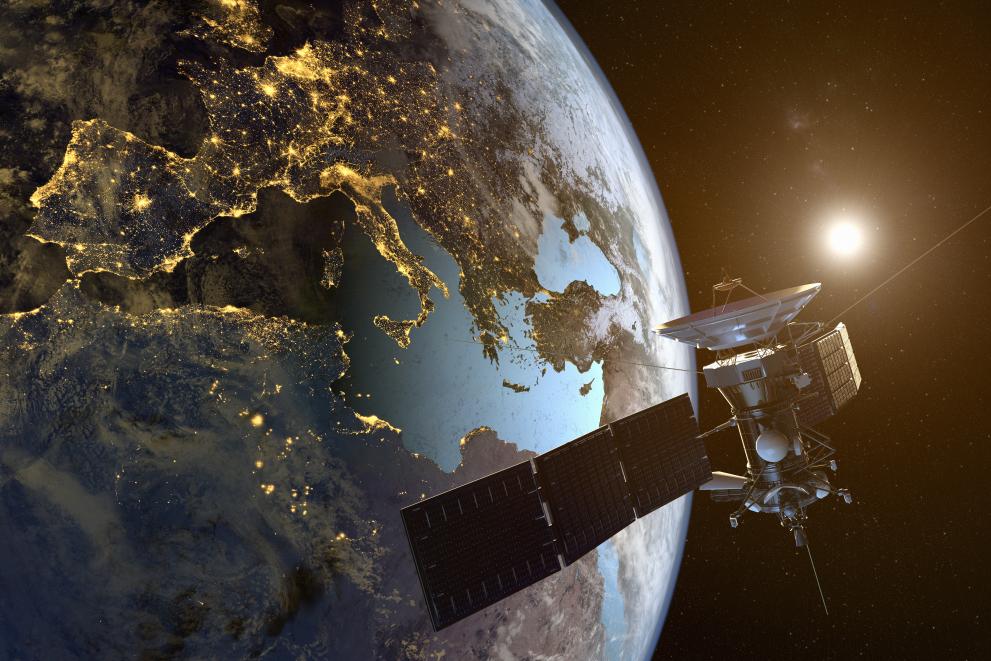
Space technology, data and services have become indispensable. They contribute to a wide range of key activities, from the prevention of natural disasters to defence mechanisms and the development of digital and communication systems. In the European Union, space policy actively contributes to fighting climate change, stimulates technological advances and innovation, and provides socio-economic benefits to citizens.
With this growing importance, the demand for reliable and timely statistics on the space economy has also increased. However, the measurement of the sector remains a challenge due to the scarcity of appropriate data, the lack of a unified definition for statistical purposes, and the absence of a harmonized methodology.
New space economy statistics available
To tackle this need, Eurostat, the European Space Agency (ESA) and the European Commission’s Joint Research Centre (JRC) are collaborating to create a new framework to produce reliable and comparable space economic statistics in Europe. Together they are developing a European space economy thematic account that will offer consolidated statistics on the main gross domestic product (GDP) indicators for the space economy, including output, gross value-added (GVA), and employment.
The first release, published today, comprises data on exports and imports of spacecraft, including satellites, and spacecraft launch vehicles by EU Member State and for the aggregate European Union covering the years 2011 to 2021. It has been published together with two key publications that made it possible. The first report, titled ‘International, North American and European Statistical Classifications for Space Economy Measurement’, provides a comprehensive list of statistical codes to define and measure the space economy at the international level, for the United States of America, and for Europe. Co-published by the JRC with the Organisation for Economic Co-operation and Development (OECD), the United States Bureau of Economic Analysis (BEA), ESA, and Eurostat, it will serve as a basis for cross-country statistical comparisons on the space economy.
Report on the methodology used
The second report, ‘Developing a space economy thematic account for Europe’, is co-published by the JRC with ESA and Eurostat. It details the methodology used to develop a European space economy thematic account. It also serves as the conceptual guide for the construction of thematic accounts at the country and inter-country level, following international accounting standards. The thematic account is based on the supply and use framework of the System of National Accounts (SNA 2008), which allows for the quantification of the size of the Space economy in Europe by capturing direct, indirect, and induced contributions of the space sector.
The collaboration between the JRC, ESA and Eurostat will continue in the next years to shed light on the role of the space sector in the economy. The new indicators and data will support the work of the Directorate-General for Defence Industry and Space (DEFIS), which leads the European Commission's activities in the field, and facilitate a new range of economic and policy analyses that would be difficult to achieve at present.
Sources
Details
- Publication date
- 15 December 2023
- Author
- Joint Research Centre




